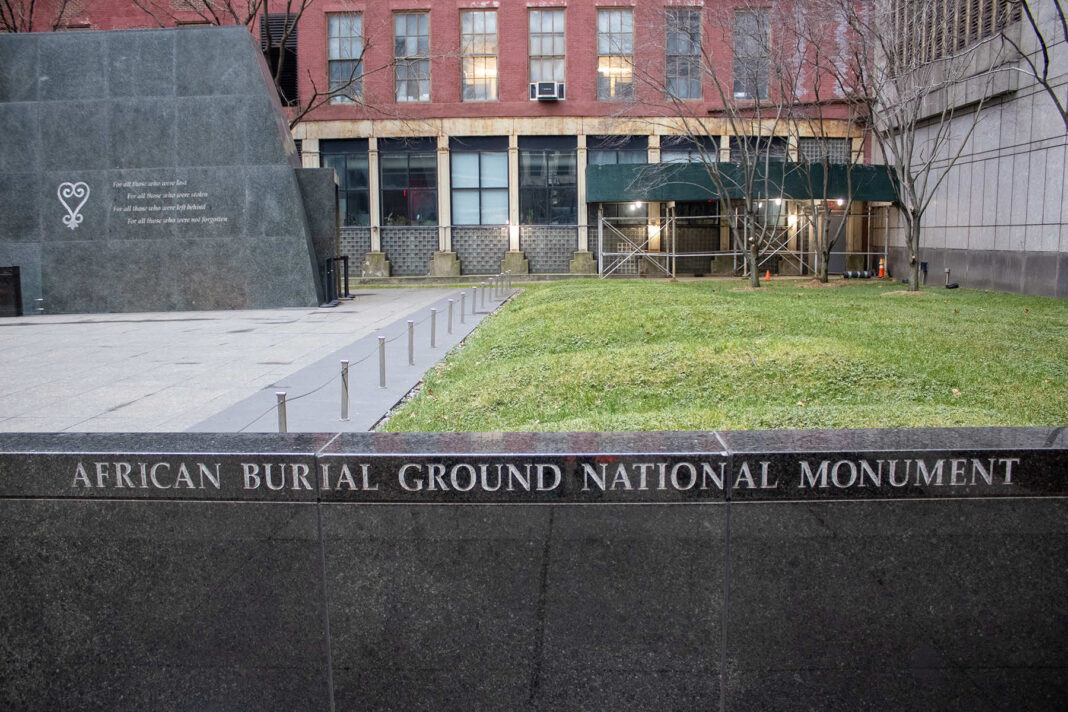The Shockoe Hill African Burying Ground: A Hidden History
An Abandoned Lot with a Rich Legacy
Located in Richmond, Virginia, the Shockoe Hill African Burying Ground is much more than an abandoned lot surrounded by highways and buildings. Established in 1816, it is the final resting place for over 22,000 enslaved and free people of color. The contrast between this site and the nearby Shockoe Hill Cemetery, which is well-maintained with flourishing grass and marble headstones, underscores a troubling historical divide. While the latter was reserved for white Christians and continues to be honored, the former has been subjected to neglect and violence.
Unearthing Historical Inequities
As an archaeologist who studies the impact of history on public life, my exploration of this burial ground revealed a deeply entrenched inequity in how African Americans were treated, even in death. The different treatment of African Americans in life is starkly reflected in their burial practices and spaces, often relegated to unsanctified areas that lacked legal protection. Shockoe has not been merely forgotten; it has been the victim of deliberate acts aimed at erasing its significance.
Historical Context and Ongoing Struggles
The plight of the Shockoe Hill African Burying Ground became more pronounced in 1991 when the African Burial Ground in New York City was rediscovered and nearly destroyed during construction. This incident sparked a broader awareness of the precarious status of Black cemeteries across the nation. Similar threats have emerged in recent years at various locations, including the Whitney Plantation in Louisiana and Morningstar Tabernacle No. 88 in Maryland. These incidents illuminate a troubling pattern of neglect and violence that has plagued African American burial sites.
Local Advocacy Efforts
Lenora McQueen, whose ancestor is laid to rest in Shockoe, has emerged as a passionate advocate for the preservation of this burying ground. Her tireless efforts include collaborating with city officials to purchase parts of the site and establishing markers that recognize its historical significance. Alongside her team, McQueen has worked diligently to earn the burial ground a place on the National Register of Historic Places, showcasing the fight against the systematic erasure of African American history.
The Historical and Cultural Worth of the Site
Dr. Ryan K. Smith has pointed out that since the founding of Richmond in the 1730s, there has been a clear divide in how different racial and ethnic communities have been buried. While formal cemeteries for white residents emerged, grounds for free Black people and enslaved individuals were often neglected. Despite their significance in African American culture, these sites suffered from a lack of protection. Rituals of mourning and burial reflected a rich tapestry of African American culture, but the degradation of these gravesites has cast a long shadow over this legacy.
A Legacy of Destruction
Throughout history, the Shockoe Hill African Burying Ground has faced numerous threats. In the 1830s, local medical schools exploited the cemetery for cadavers. After the Civil War, remnants of the burial ground were obliterated during military actions. By 1879, city officials officially closed the cemetery, initiating a systematic dismantling of what was once a sacred space. Community leaders at the time decried the desecration, lamenting the pain inflicted upon grieving families as construction and road projects continued to invade the area.
Recent Preservation Efforts
In 2011, a survey by the Virginia Department of Historic Resources overlooked the burial ground’s historical significance during evaluations for the National Register of Historic Places. However, in 2017, McQueen discovered her ancestor’s burial site, galvanizing her into action. She formed a coalition of scholars and preservationists to reassess the site, emphasizing its cultural significance and the historical injustices faced by Black burial grounds. Their collective efforts culminated in the Shockoe Hill Burying Ground Historic District being listed on the National Register of Historic Places in 2022, a milestone in the fight for recognition.
Ongoing Threats and the Need for Awareness
Despite its recent designation, challenges abound for the preservation of Shockoe Hill. Being on the National Register provides limited protection, and ongoing projects threaten to disrupt the cemetery’s historical landscape. Utility installations occurred without consulting heritage officials, and proposed rail projects could violate the ground’s integrity. Furthermore, well-meaning memorial plans risk further damaging the site if not approached with the utmost care.
The Importance of Recognizing Sacred Spaces
The story of the Shockoe Hill African Burying Ground serves as a reminder of the dignity every individual deserves in both life and death. As McQueen poignantly asserts, “Burial spaces are sacred.” Recognizing the historical and cultural significance of such sites is vital for honoring the lives of those buried there and addressing the deeper societal issues of inequity that persist. The story of Shockoe is not just about history; it’s about the living legacy of a community striving for recognition, respect, and dignity for all its members.



